AN APACHE RETURNS HOME
Wolfhorse Outfitters – Arenas Valley, NM
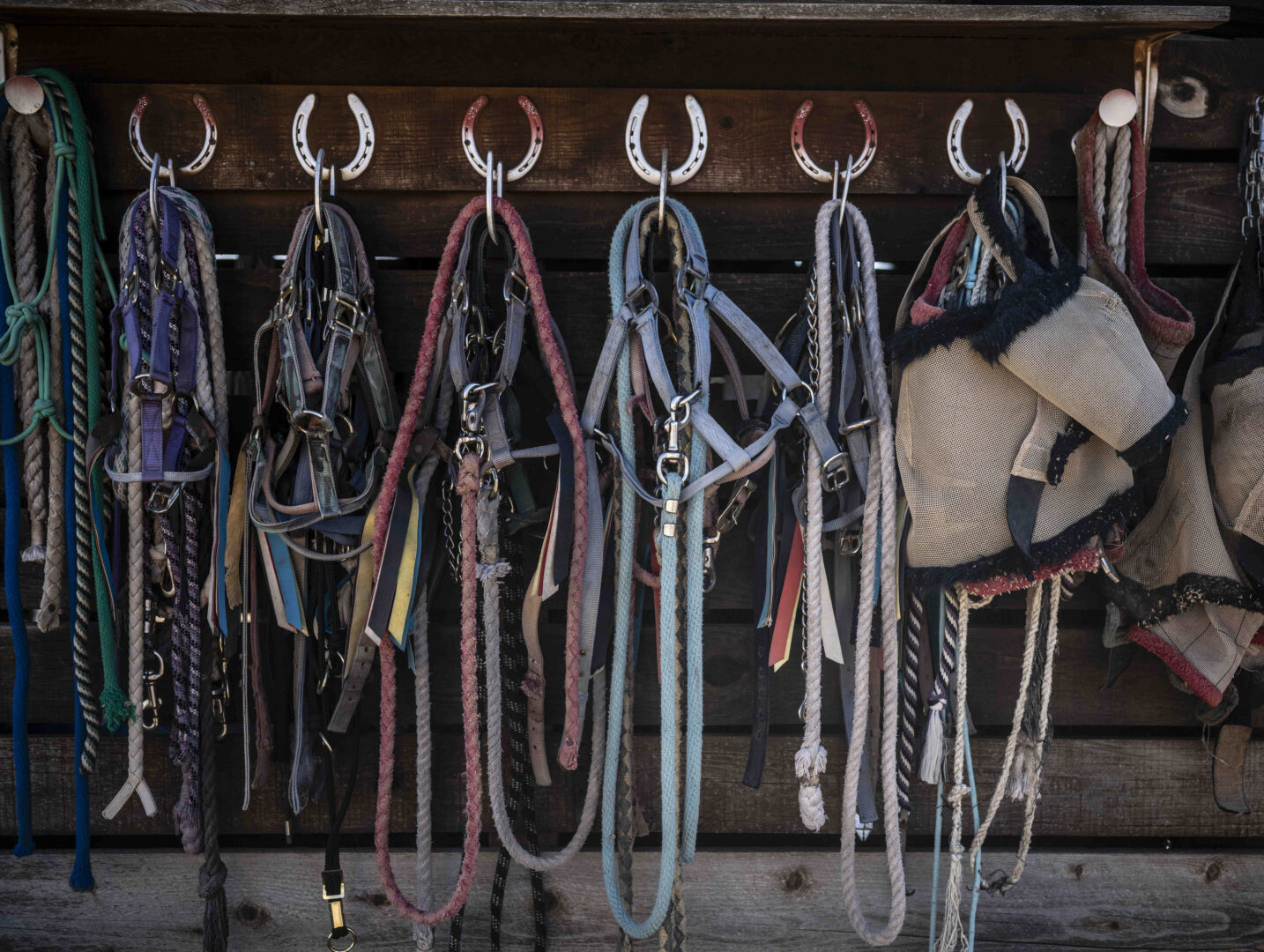
Joe Saenz gazes out across the rolling foothills of the Gila Wilderness outside of Silver City, his face calm, serene. This, he says, his arm sweeping across a wide arc, is home. Not just where he lives, although it is that, but where his ancestral heart beats. This land, Saenz says, has been a part of the sprawling Apache Nation for untold generations, until it was usurped.
And he says he is privileged to not only spend his days here, but to share its stories and its history and its power and its ways with visitors from all over the world through his Wolfhorse Outfitters.
Saenz, who actually grew up in west Texas as a stranger from his own space here in southwestern New Mexico, discovered the power and desire to make his way back to his ancestral home from a far distant and vastly different place.
“I was called back. I was told to come back. And it wasn’t, ‘No, I think I’ll go home.’ That was part of the seed. But there were several messages that came to me,” he says. “From Alaska. I was living up in Alaska at the time. So elders or family or family elders, I received it in situational stuff. That put me in the position to hear.” And the final, guiding jolt came from a completely unexpected source, making it a message that could no longer be overlooked.
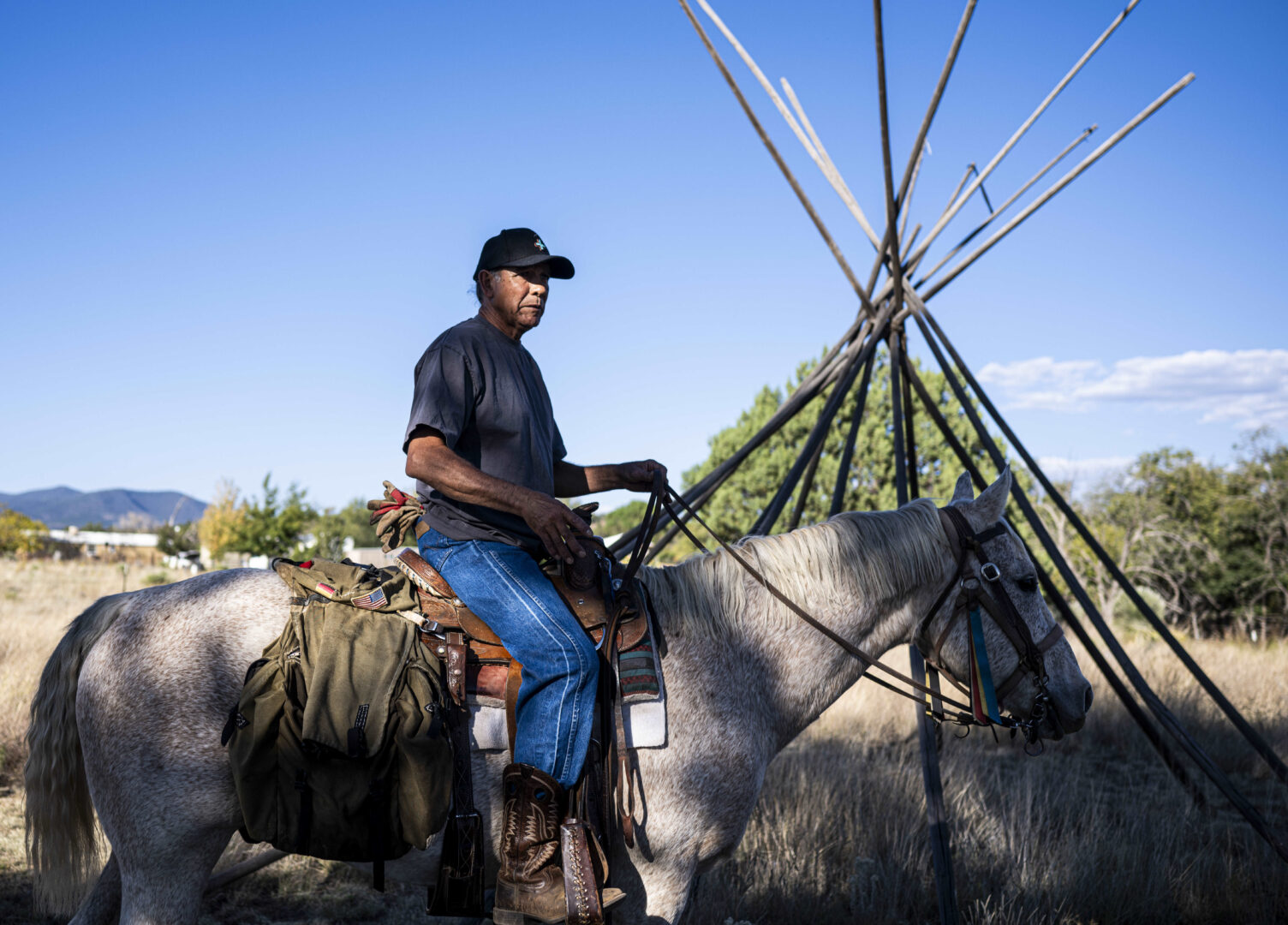
“I was a teacher at the time. And that particular year, at the start of the year, when we met all the new students, there was one girl that caught my eye,” Saenz says. “And she said, ‘You’re not from here, are you?’ And I know how to speak Spanish. So I talked to her a little bit. And it turns out, she was from the Amazon. She had been adopted by a family that took her to Alaska. And so she got up there and she was in my class, whether they put her there for that reason or what.”
But after a while, the girl just stopped coming to class.
“Well, I wondered what happened to Maria. And at the end of the school year, I’d heard nothing, nobody said nothing. Nobody came by. At the end of the school year, the last day I’m closing down, I’m putting everything away. I’m going to shut the door for the summer. And a man walks in. And he asked me if I’m Mr. Saenz,” he recalls. “And he said, ‘Well, I’m Maria’s adoptive father. And I just thought I’d come and tell you, you know why she never showed up?’ And he said that when she would hear me talk, it reminded her of home too much. So she got homesick. And after a month, she had to go back.”
Then the man asked Saenz where he is from. “I’m from down south New Mexico area. And he said, ‘Well, I know elders in the Amazon that have told me to tell you to go home.’ And so I’m thinking about that, they said, ‘Do it. You need to go home.’ And yeah, it was good that I did. Yeah, that’s pretty powerful.”
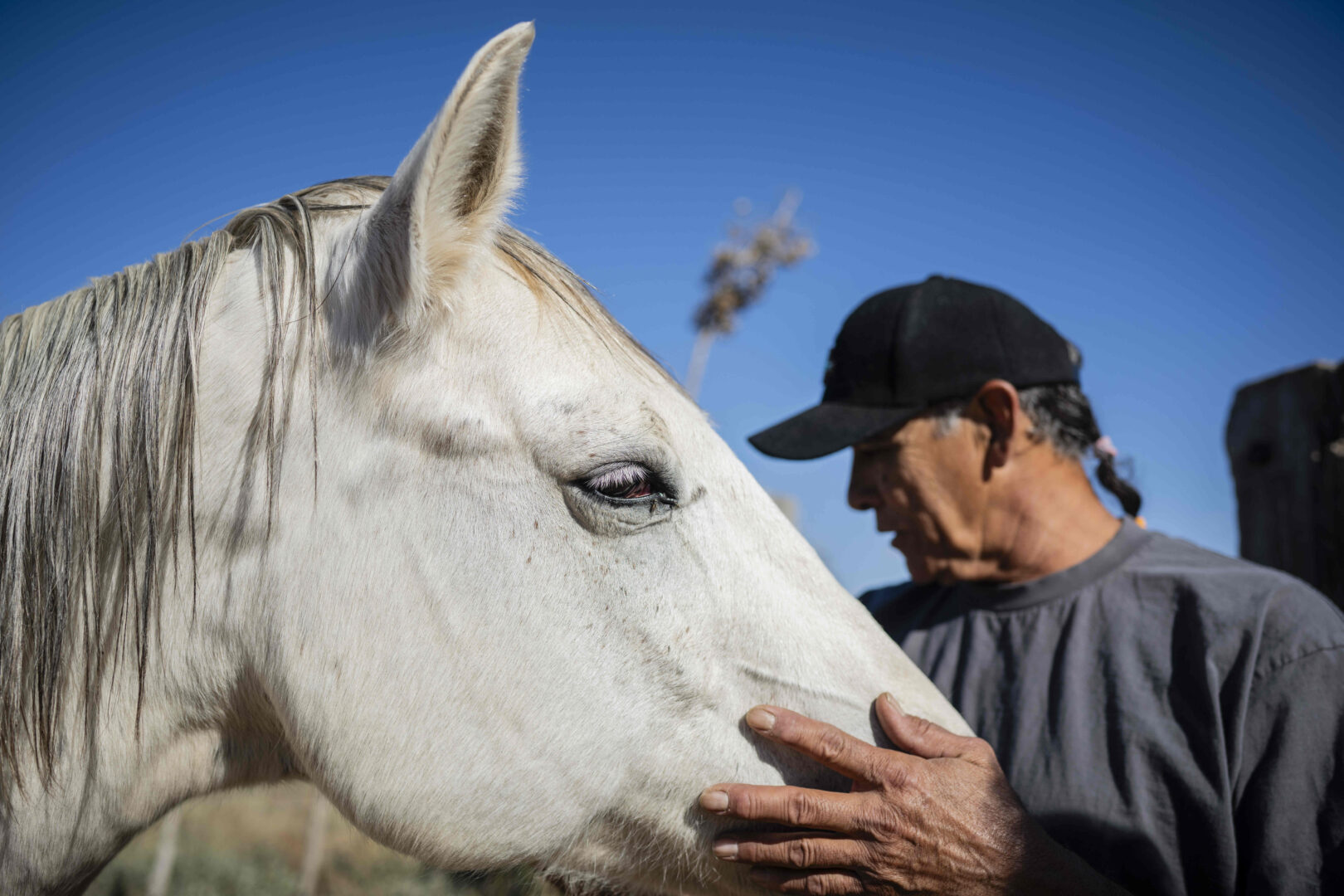
NOT AN ORDINARY OUTFITTER
In addition to teaching, Saenz spent decades working for other outfitting companies across the northern Rocky Mountains, Canada, and Alaska. These were companies that catered to the clients, even pampered them. There is no pampering with Saenz and Wolfhorse. Visitors are expected to participate in every aspect of the trip.
“The type of outfitting that I do, it’s a little different than the larger outfits. So, as part of my service, I offer to train the riders how to be more independent,” Saenz says. “So they’re not just sitting on a horse getting from point A to point B. I work with them to develop their own routines, as far as camping, selecting sites to sleep, even dealing with their horse; how to pack them, how to become independent with their own horse on one of these trips. And it seems that the majority of my clients understand that, and so they’re very willing to help saddle, to load, and to take part in the trip itself.”
In establishing Wolfhorse in 1998, Saenz was able to draw upon his previous experiences in the business to create the exact type of service that would work well for him and his riders.
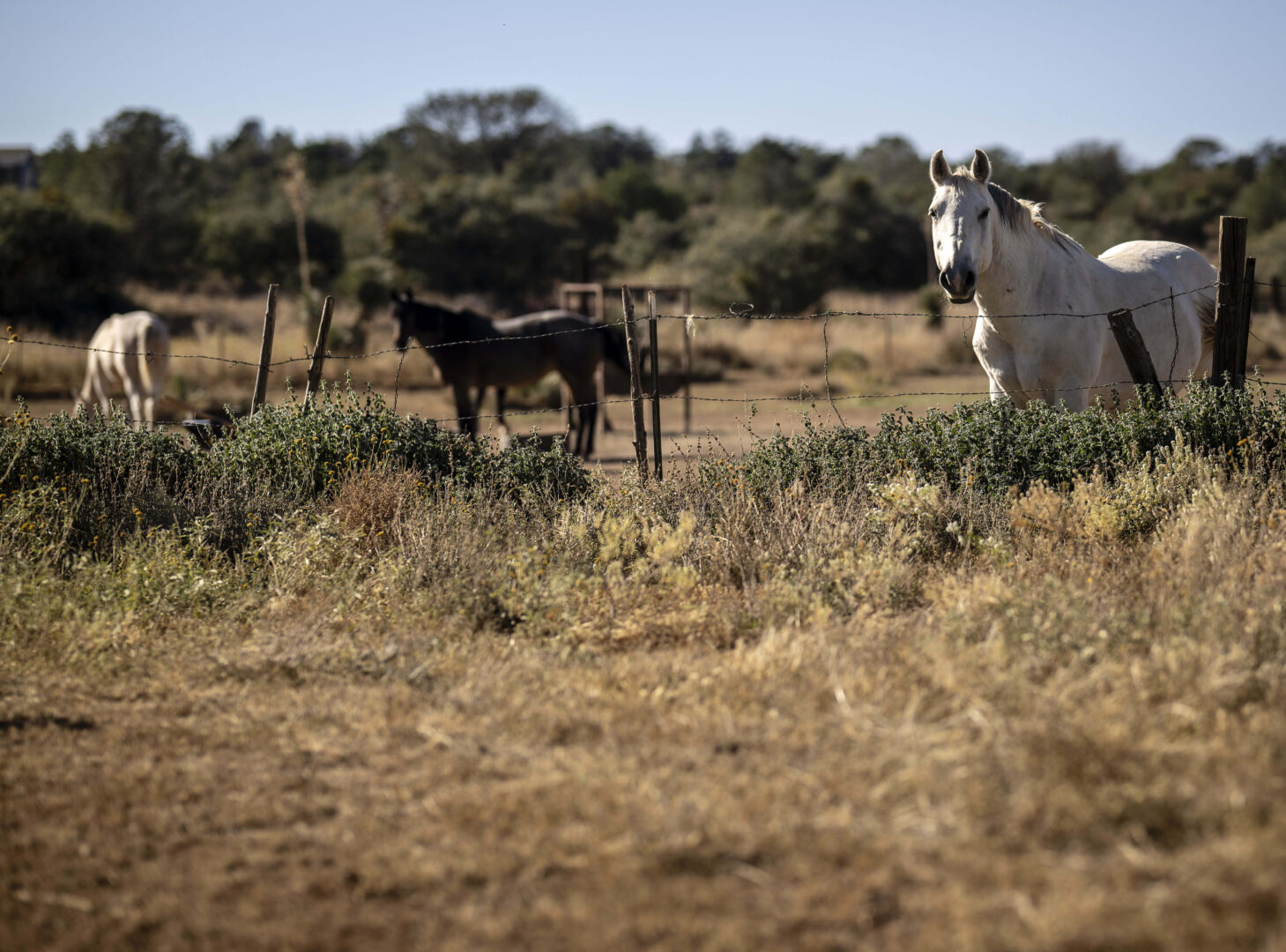
“Since I had worked for so many other outfitters, I decided that the way that I’d like to do things would work very well for the kind of client I wanted to attract,” he says. “Minimal number of clients; the size of groups are one to four. So it’s a small group. I guess my style of camping and going out and outfitting these groups, to me, it just seemed to go the other way. And that with larger groups, trying to do something like this would be extremely complicated because it’s just tough with so many more people. But I sort of incorporated that responsibility into teaching the clients so it would become a more deep experience for them.”
It’s not just ‘show up, look at the scenery, and then ride back.’ It was like, okay, you’re going to help catch the horses, you’re going to help saddle, you’re going to take care of your own gear, your own sleeping place, your own private gear. I don’t provide a pack horse for personal items. You have to carry everything on your own saddle. I provide large saddle bags, so it makes them bring less. And so I try to restrict—not necessarily frivolous—but things that they may not need out there. Electronics, stuff like that.”
This can also pertain to selecting where to visit, even if that means — gasp — scouring paper maps.
“Even selecting routes,” Saenz points out. “I don’t always pre-choose my routes. I have to have a good idea what the route may be like under the conditions for that time of year. But I will present the client with options and say, well, we can go do this route; go high country. Is there something you’re more interested in? And if not, then they just participate in the planning of the route. So maps, if they’re interested in that kind of stuff.”
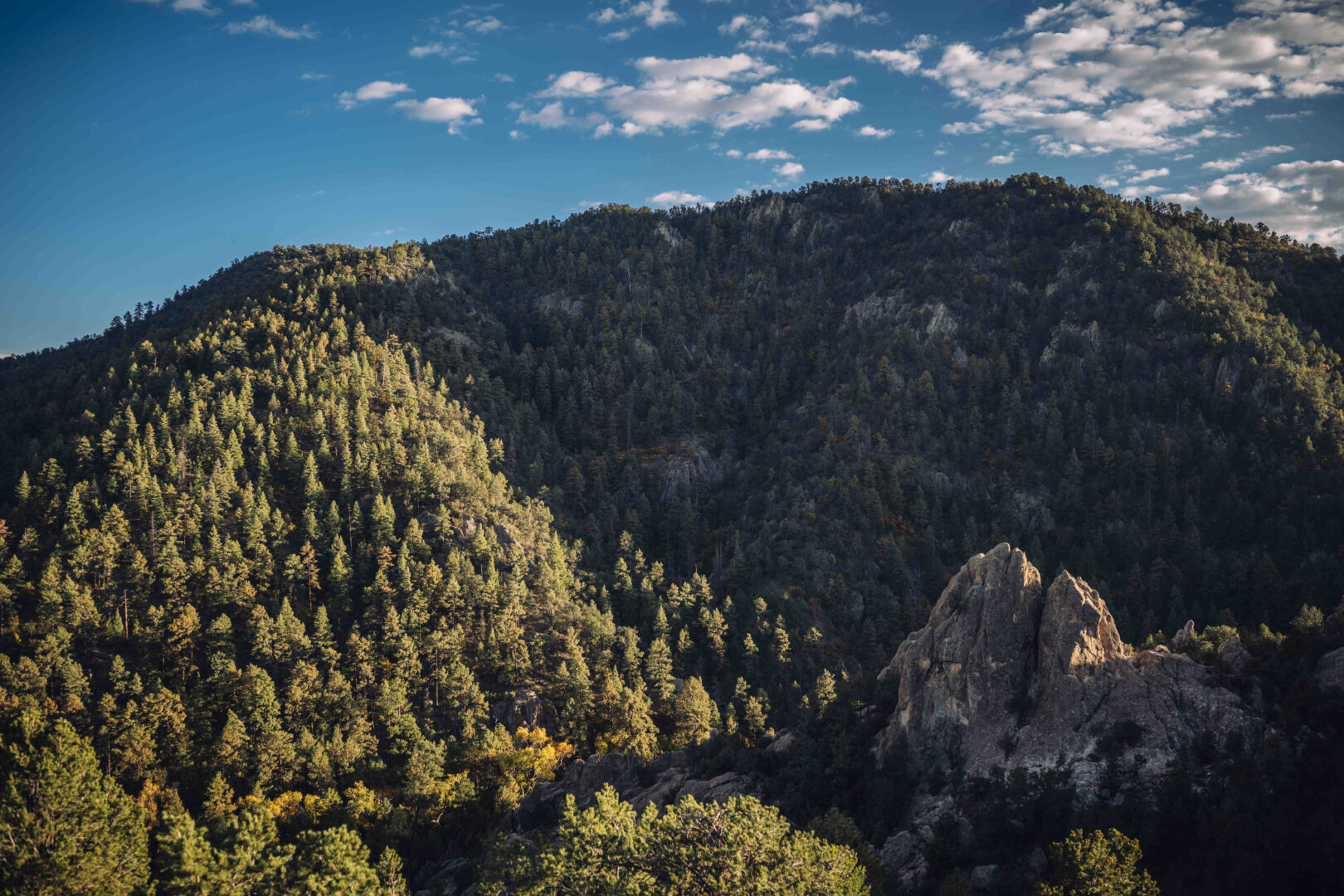
FAVORITE ROUTE
From the Wolfhorse basecamp in the Arenas Valley east of Silver City, it is a short stroll to a favorite site, Whiskey Creek — aka, Rio de Arenas. Pastoral and riparian, the creek is a winding waterway with a name that remains open to some debate.
“This community was set up as an entertainment area for the Buffalo Soldiers from the fort,” Saenz says. “The Buffalo Soldiers, being Black, were not allowed into Silver City. They started shipping in silver from the mine. And the vehicle broke down close to here. By the time they got it fixed, they had drunk a lot of the booze.”
Then there is another story that might seem to have more credibility. “During Prohibition, women were going into bars and busting in, and there was a group of them in Silver City that attacked one of the bars,” he says, a smile spreading across his face. “They took all their beer and whiskey and brought it out here and dumped it into this creek. We know that some of these creeks from 100 years ago were flowing with whiskey.”
However it gained its colorful name, the ride from the Whiskey Creek at the Dragonfly trailhead is a gentle introduction to the area’s 3.3-million acres of breathtaking scenery hidden within the Gila, Aldo Leopold, and Blue Range wilderness areas. Rugged beauty with elevations starting at 4,500 feet and soaring nearly to 11,000 feet, the area is home to a plethora of mammalian life like deer, elk, antelope, black bear, cougar, lynx, bighorn sheep, wolf, coyote, and javelina.
And in the ancestral grounds of the Tci-He-Nde, Tsoka-Ne-Nde, Bidanku, Ndé-Nda-i) Chiricahua, and Warm Springs Apache Peoples, the Douglas fir, Ponderosa pine, and quaking aspen groves have sheltered, harbored, and provided succor to Apache bands for untold centuries.
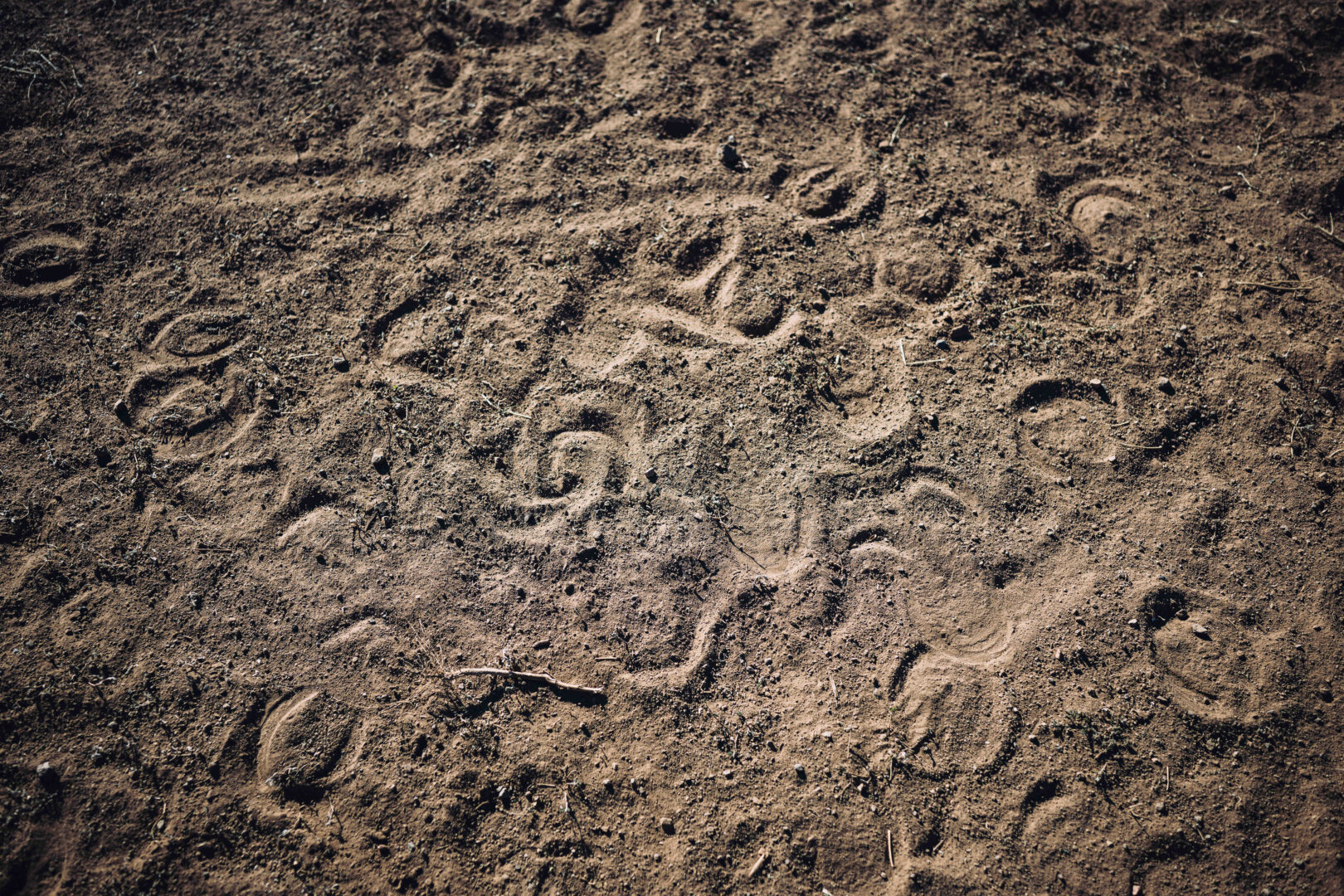
It is a history that Saenz is quick and proud to share as he continues to work to reclaim his place in harmony with the land.
“That’s sort of my whole reason of why I committed to this, because I’m dealing with a country that is our traditional land. And we believe that it’s been mismanaged and mistreated for a long time,” he says. “And the reasons we were removed from this area, whether we were imprisoned, put into slavery, or just had to hide out; all the Apaches have different situations that happened to them. So as we came back to our country, we can’t help but look at our country as we used to, because that’s all the stories we heard from our elders and family. Just how special this country was and why we were there and how we lived in it. How we prospered, how we didn’t just survive, we flourished. And that was because of our connection with this land.”
That connection is ingrained within him, Saenz said, and he tries to impart a bit of that on to his riders through their interactions and experiences with the land.
“And so coming back, it just seemed like a natural thing to develop that connection again with how I was brought up and what I was taught; that it was important to share this land in a way that maybe people would appreciate it differently,” he says. “Several years ago, the elders requested us to talk more because those of us who are involved in events and do things, ceremonies, and all that kind of stuff. The elders realize that the lies that were being told about us because we were totally removed out of here, so they kind of made the history of it, that those lies were actually hurting us. And there was a request by elders that we speak more, we say things, we share more so that truth will eventually come out. And I incorporate that wholly with my outfitting because how do you treat the land? Why do I move so often? Why do I train the horses the way I do is to minimize my impact. And I kind of share that with other people so when they go other places, hopefully they can use the same techniques and practices to leave less of a mark. As humans, we just leave a mark because we just tend to shed. We can’t help it. But the act of minimizing that is very important.”
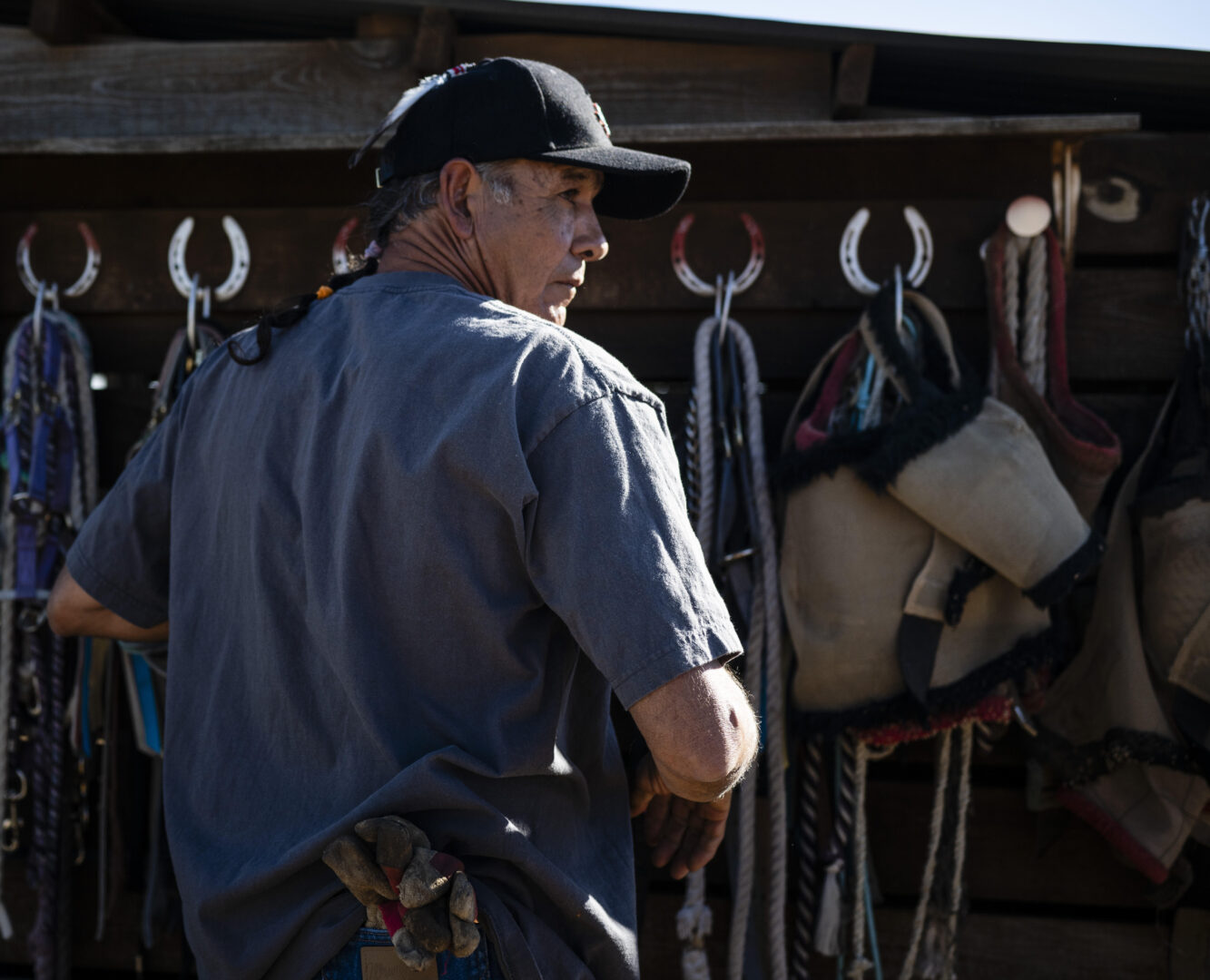
WHAT’S IN A NAME
When it came time to choosing the name for his business, Saenz says it was not too difficult. “Wolfhorse, it’s a native name. Typically you have what are called spiritual names. Or what are called practical names. And Wolfhorse is a spiritual name. So a family name was a main one of the names given to me,” he says. “Several names I keep a bit more private. But WolfHorse is one that we used as a family name and I thought it would fit really well with my business. Even though everybody in business tries to get names with letters early in the alphabet, I guess they would do that for phone books, too.”
And his hat, emblazoned with a lightning bolt and crosses, also has spiritual meaning for Saenz. “The equal lateral crosses is an Apache symbol and turquoise is one of our band colors or tribal colors. And the lightning is one of those powerful forces that I think is just an amazing energy power that’s in our country,” he says. “Everything that’s related to that country is something that we were committed to be a part of and lightning, well, this is what’s considered country that needs fire. The whole idea of turning the fires off down here is rather disruptive. And lightning is a big part of that. So we need fire here for the health of this country. So that’s what the lightning represents. That’s what started our fires. And that’s the sound of the Crown dancing. When you hear lightning in the mountain, it’s the Crown dancers dancing and protecting us.”
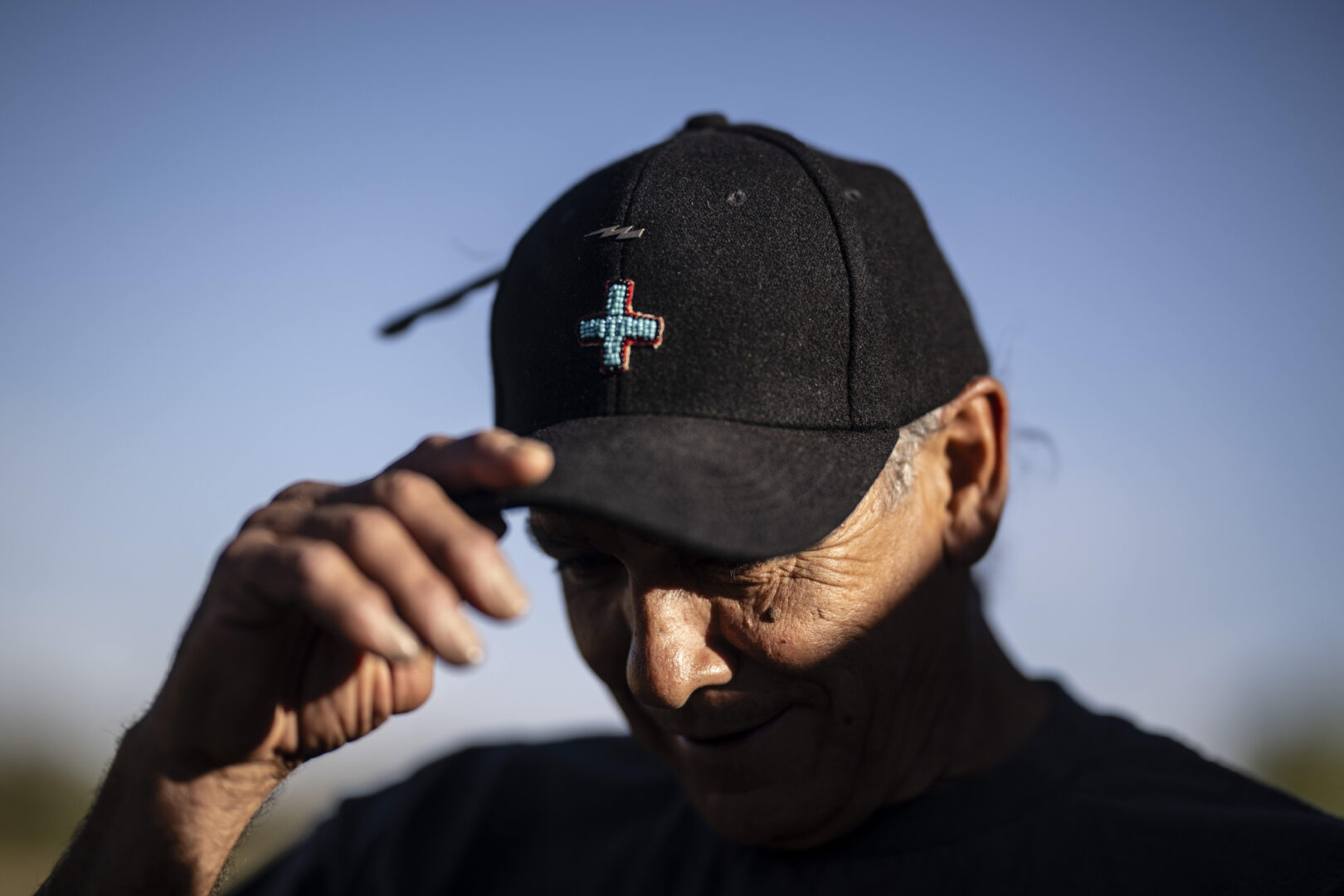
BACK TO NATURE
Saenz realizes that his style isn’t for everybody, but it definitely appeals to a certain segment who want to experience untrammeled land coupled with a strong sense of participation. Some of his riders might even, at first glance, seem a bit surprising.
“Because I do have that sort of advantage of being a small operator, typically people will see that if they help, it makes things better for all of us. And so it sort of encourages them to participate. I’ve had people that have come with severe conditions, but they keep coming back. I had a gentleman who had Parkinson’s, unfortunately he passed away last year, but up until the time he couldn’t stay on a horse, he kept coming back,” Saenz says.
“I had another gentleman that would come despite severe back problems. He’d ride for two miles and then we’d stop and he’d go jump into the river and go swimming and then come out and we’d ride another two miles. So I customize trips almost to a certain extent. And, you know, that allows the people to have some say in what they’re going to experience but the flavor and the style is still Apache style.”
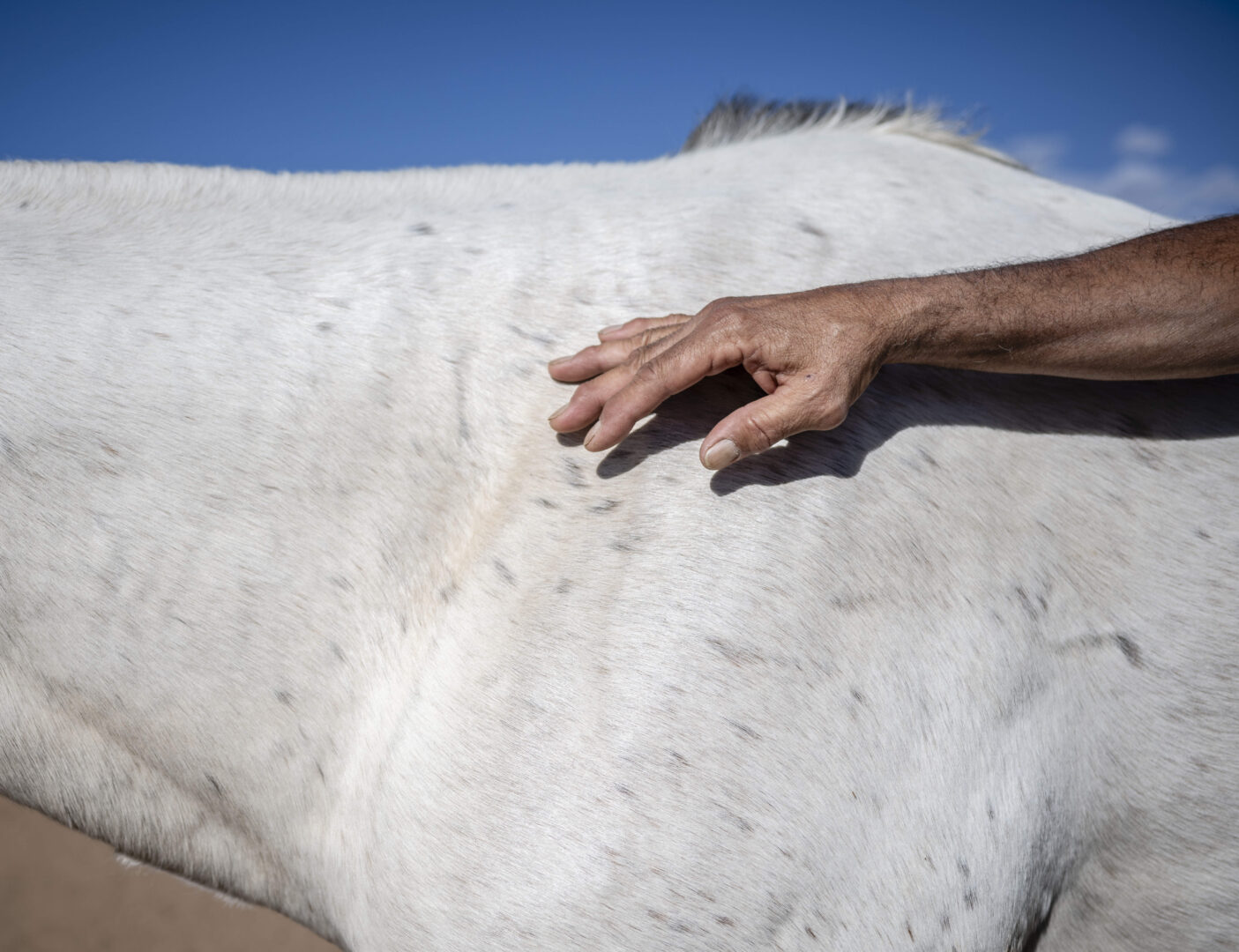
Photos by Roberto E. Rosales Photography Editorial by Glen Rosales
Wolfhorse Outfitters – Arenas Valley, NM